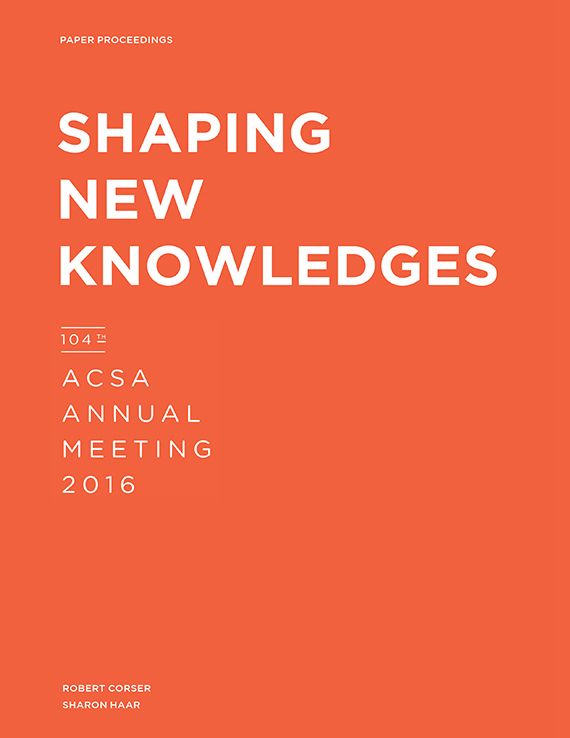Author(s): Elijah Huge
In 1752, the year Benjamin Franklin invented the lightning rod, he also established the firstAmerican fire insurance company. That these innovations share a common source is notablenot only for the fact that Franklin’s impact on American architecture may be greater than iscustomarily assumed, but also because this parallel development prefigures the interwovenrelationships between invention, building insurance, and legislation that underlie the productionof architecture today. Industrialization brought new threats to the city (electricity, speed,explosives) while also dramatically increasing the scale of historical perils (flood, fire, theft).In turn, these threats gave rise to a field of new products, accessory to conventional building.Negotiating the thresholds between the developing infrastructures of the city and itsprivate spaces (as insured and legally defined), these emergency devices can be understoodcollectively as a crumple zone intended not to prevent urban disaster but to absorb, limit, andcontain its effects. In their early forms, the automatic sprinkler, exterior fire escape, panicbar, emergency light, and theft alarm were, like Franklin’s original lightning rod, ready forproduction and deployment on a large scale, without definitive spatial identity, and suitablefor use in new or existing construction. Culminating in their current ubiquity, the integrationof these devices into the spatial and psychological landscape of the city is the story of theEncyclopedia
Volume Editors
Robert Corser & Sharon Haar
ISBN
978-1-944214-03-6

 Study Architecture
Study Architecture  ProPEL
ProPEL 
